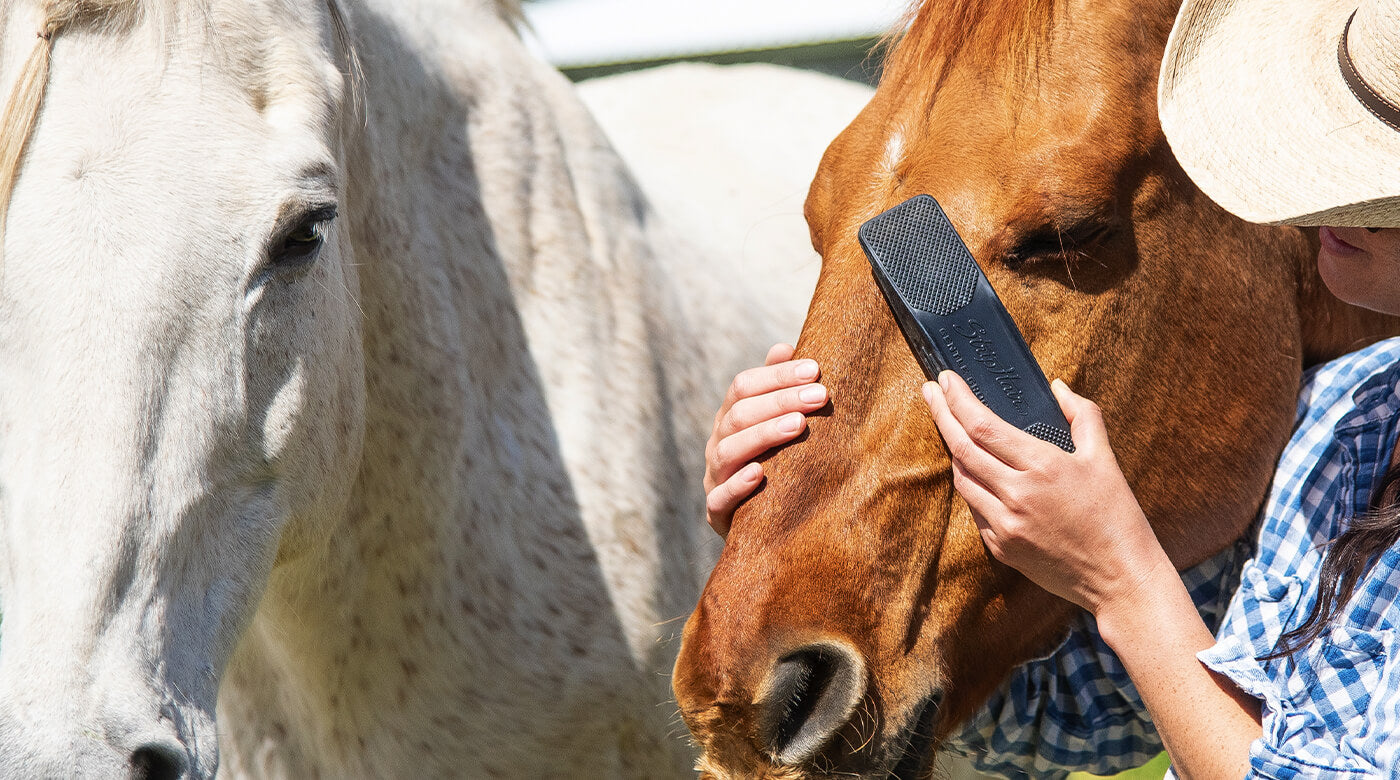When dealing with the challenge of a rearing horse, it is necessary for riders to find effective strategies for ensuring both safety and harmony between horse and rider. The act of a horse rearing can be unnerving and dangerous, posing a risk to both the animal and the individual. Understanding the causes and implementing solutions is crucial for all equestrian enthusiasts.
A rearing horse might reflect moments of fear, confusion, or discomfort, and tackling these issues requires a mix of patience, understanding, and skillful riding techniques. This guide will provide you with methods on how to stop a horse rearing, shedding light on the key steps to take.

Understanding the Reasons
The initial step towards resolving rearing behavior is comprehending why horses rear. Recognizing these root causes paves the path to prevention:
Fear and Anxiety
The presence of fear or anxiety is a leading cause behind rearing. Horses might rear when they are in a state of panic or uncertainty.
Discomfort and Pain
Physical discomfort or pain can trigger a horse to rear. This may be due to poorly fitting tack or particular physical ailments.
Resistance and Defiance
Some horses may rear as an expression of defiance. It often occurs when a horse feels overfaced or tested beyond its current capabilities.
The Role of Equipment
Proper fitting tack is crucial. Ensure your horses tack fits well to prevent discomfort while riding. Here’s an insightful guide on horse tack to get a better understanding.
Training Techniques to Prevent Rearing
Desensitization
Gradually exposing horses to various stimuli can help reduce fear-based rearing.
Groundwork
Solid groundwork can instill desired behaviors before a rider mounts. For instance, longing provides a way to exercise and bond with the horse effectively.
Positive Reinforcement
Rewarding a horse for calm behavior can help deter rearing. Keep treats on hand and use them sparingly to train and encourage the horse.
What to Do If Your Horse Rears
In the event of a rear:
Stay Calm
Remaining calm and keeping composure helps prevent escalating the situation.
Lean Forward
Leaning forward in the saddle helps in keeping balance.
Release the Reins Momentarily
Allowing some rein slack can help reduce rearing.
Working with a Professional
Consult an equine professional when needed. Professionals can provide unique insights on correcting behavioral issues. Explore specifics on horse repair for related guidance.

Frequently Asked Questions (FAQs)
Q1: Can environmental conditions cause a horse to rear?
A1: Yes, changing conditions like sudden weather shifts can instigate rearing.
Q2: Is it safe to ride a rearing horse without restraint?
A2: Always maintain control and seek professional help for persistent rearing.
Q3: How can diet affect rearing behavior?
A3: An unsuitable diet can influence behavior akin to physical discomfort or energy challenges.
Building a harmonious relationship with your horse is essential for overcoming rearing. The blend of understanding, patience, and appropriate response will aid in diminishing this behavior. For further steps on grooming and continuous caring visit this guide on horse grooming preparation.